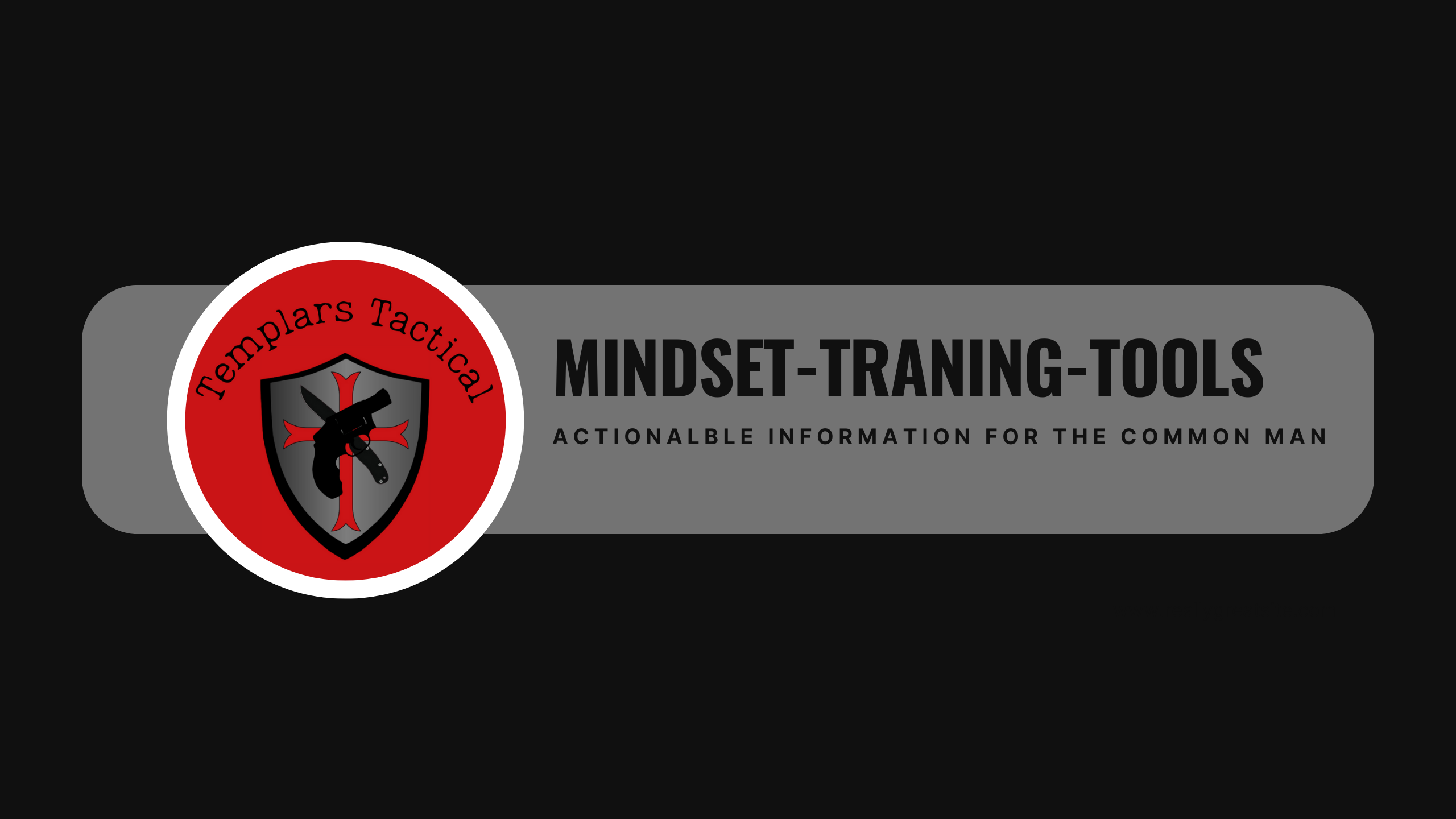If you are carrying a handgun, it will be one of three types (excluding single action revolvers). Carrying a reload for your handgun speaks to mindset and training.
Double action revolver– the primary reason for carrying spare ammo for a revolver is primarily for having more ammo. Although 5-6 rounds will get you through most incidents, once there is a break in the action, you need to move to strong cover and complete a full reload or top off cylinder. Since you are only working with 5-6 rounds, it is critical to keep the cylinder full at all times. You may have heard people talking about paying attention to how many rounds you fire. That may be possible on the range, but personally I have not found it possible in real life. Your basic choices for reloading the revolver are-

Loose rounds– I like to carry a few here and there in strong side pockets in addition to other options. Note that the loose rounds should be the only thing in the pocket you carry them so as to prevent damage. These would be my first choice if involved in a shooting in which I fired less than a full cylinder. The trick is to open the gun up and push the ejector halfway up and let it back down, the rounds that have been fired will have expanded enough to make them stick up when the other rounds will go back into the cylinder. The nice thing is that this is easy to do without even looking at the gun or in the dark. Then it is simply a matter of pulling out the spent casings and replacing them with a loose round. This keeps your full reload fresh in case you need it. Besides loose in a pocket, I also carry six rounds on my belt in this pouch by Don Hume.
Speed strip– this is probably the easiest way to carry a reload for a revolver because it is so flat. They are cheaper than speed loaders but not as fast, but close with consistent training. After hitting the ejector to clear the cylinder, you simply put each round in and twist. Repeat until you have a full cylinder.
Speed loader– the truth is that carrying speed loaders is like carrying a rock around in your pocket. They are bulky. Truthfully, the only time I use them is on my Galco shoulder rig because it has two speed loader pouches on the offside to counterbalance the gun. With practice, this is the fastest way to reload a full cylinder, but as mentioned earlier, they are worthless when topping off a partially fired cylinder.
Semiautomatic pistol with double stack magazine– for anyone, except for the police, the chances of having to empty a full magazine during a confrontation is not very likely, but if you need to, you can. The primary reason for carrying a spare magazine for a double stack is in case of a tumbled magazine. This is a catastrophic failure that can only be remedied with a spare mag. A tumbled magazine occurs when the magazine “sets” or otherwise does not move up forcing the rounds to the top of the magazine. Without the spring functioning properly, you have a box with rounds in it that are tumbled all over the place making it unusable.
Semiautomatic pistol with single stack magazine– for example the 1911 platform that typically holds 7-8 rounds which is only a few more than a revolver. For the most part, being a single stack removes the possibility of a tumbled magazine, but other issues may occur. If you think you don’t need spare rounds because of carrying a 45 ACP, you are being presumptuous. One, the gun and caliber don’t make a difference if you can’t deploy it and put rounds on target. Two, in spite of lore, people do not burst into flames when shot as advertised on the box. A fundamental aspect of mindset is training as if everything is going to fail all the time and training to continue the fight.
In a future post, we will discuss the proper reloading of revolvers and semiautomatics.




